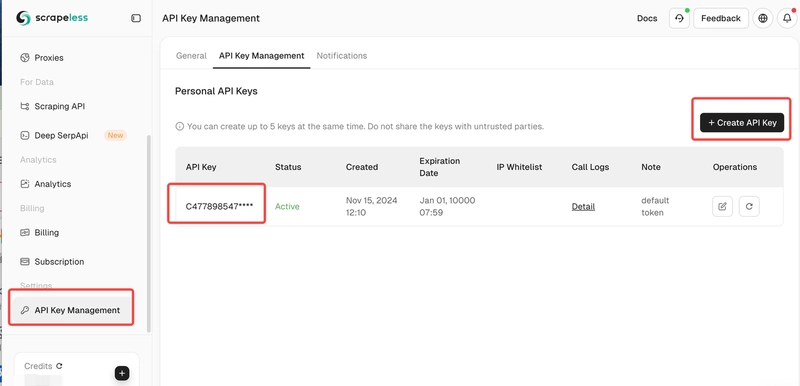Regular Requests vs. WebSockets
Let’s say you visit a crypto exchange website to check the altcoin price. Normally, your browser sends an HTTP request, gets the price as a response, and that’s it. But while you’re on the page, the price changes, and you have to refresh the page to see the latest value. WebSockets solve this problem by creating a persistent connection between the client and the server, allowing the server to instantly send updates as soon as something changes. Basically, it’s like the difference between: ❌ Constantly asking: "Hey, what’s the $WBT price now?" ✅ Simply listening to the server, which tells you: "Hey, the price just updated, here’s the new value!" Where Are WebSockets Especially Useful?

Let’s say you visit a crypto exchange website to check the altcoin price. Normally, your browser sends an HTTP request, gets the price as a response, and that’s it. But while you’re on the page, the price changes, and you have to refresh the page to see the latest value.
WebSockets solve this problem by creating a persistent connection between the client and the server, allowing the server to instantly send updates as soon as something changes.
Basically, it’s like the difference between:
❌ Constantly asking: "Hey, what’s the $WBT price now?"
✅ Simply listening to the server, which tells you: "Hey, the price just updated, here’s the new value!"
Where Are WebSockets Especially Useful?










































































































































































![[The AI Show Episode 142]: ChatGPT’s New Image Generator, Studio Ghibli Craze and Backlash, Gemini 2.5, OpenAI Academy, 4o Updates, Vibe Marketing & xAI Acquires X](https://www.marketingaiinstitute.com/hubfs/ep%20142%20cover.png)



























































































































![[FREE EBOOKS] The Kubernetes Bible, The Ultimate Linux Shell Scripting Guide & Four More Best Selling Titles](https://www.javacodegeeks.com/wp-content/uploads/2012/12/jcg-logo.jpg)



![From drop-out to software architect with Jason Lengstorf [Podcast #167]](https://cdn.hashnode.com/res/hashnode/image/upload/v1743796461357/f3d19cd7-e6f5-4d7c-8bfc-eb974bc8da68.png?#)






































































































.png?#)




.jpg?#)
































_Christophe_Coat_Alamy.jpg?#)







































































































![Rapidus in Talks With Apple as It Accelerates Toward 2nm Chip Production [Report]](https://www.iclarified.com/images/news/96937/96937/96937-640.jpg)









































































































































